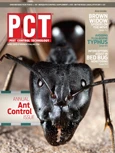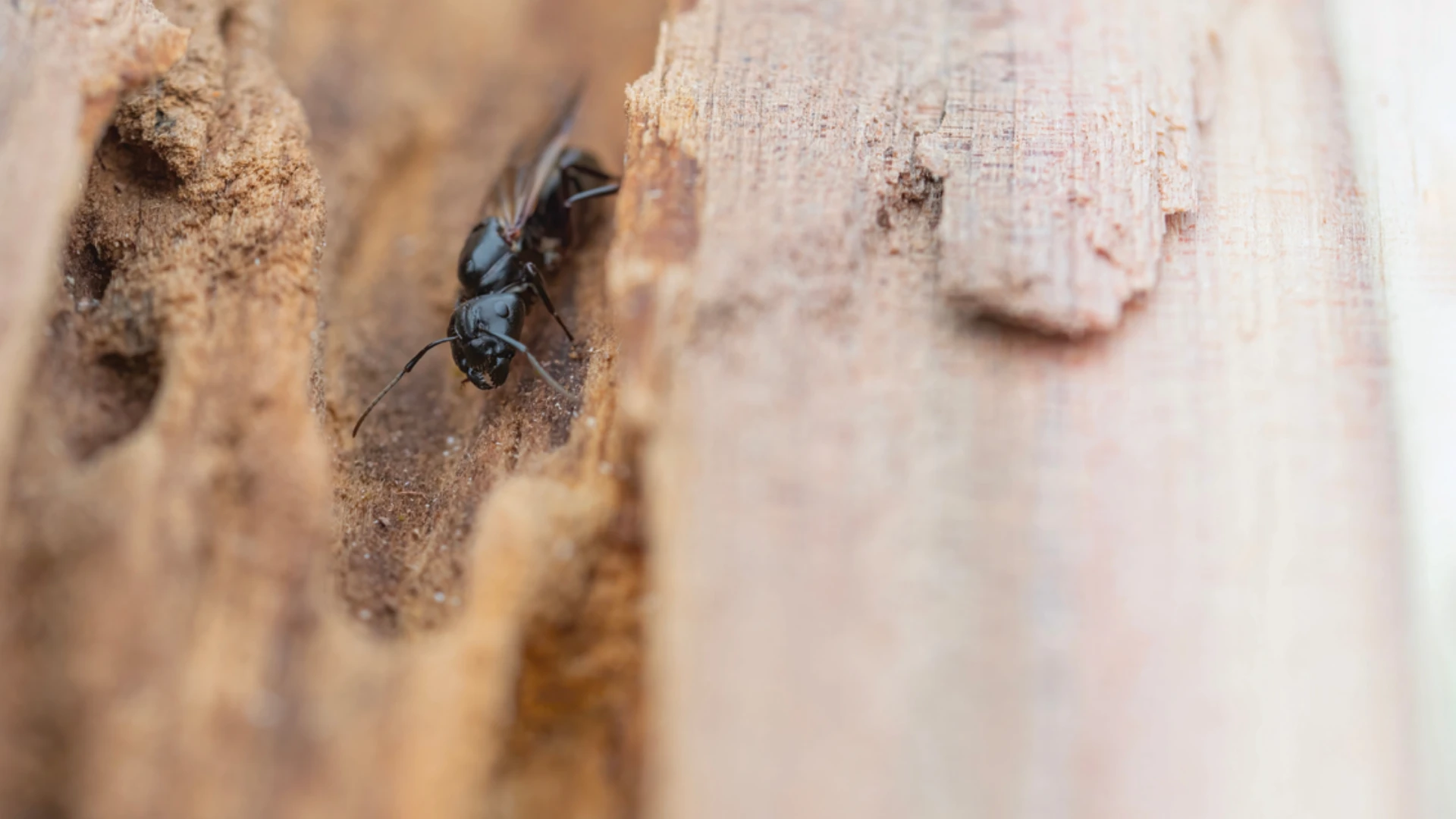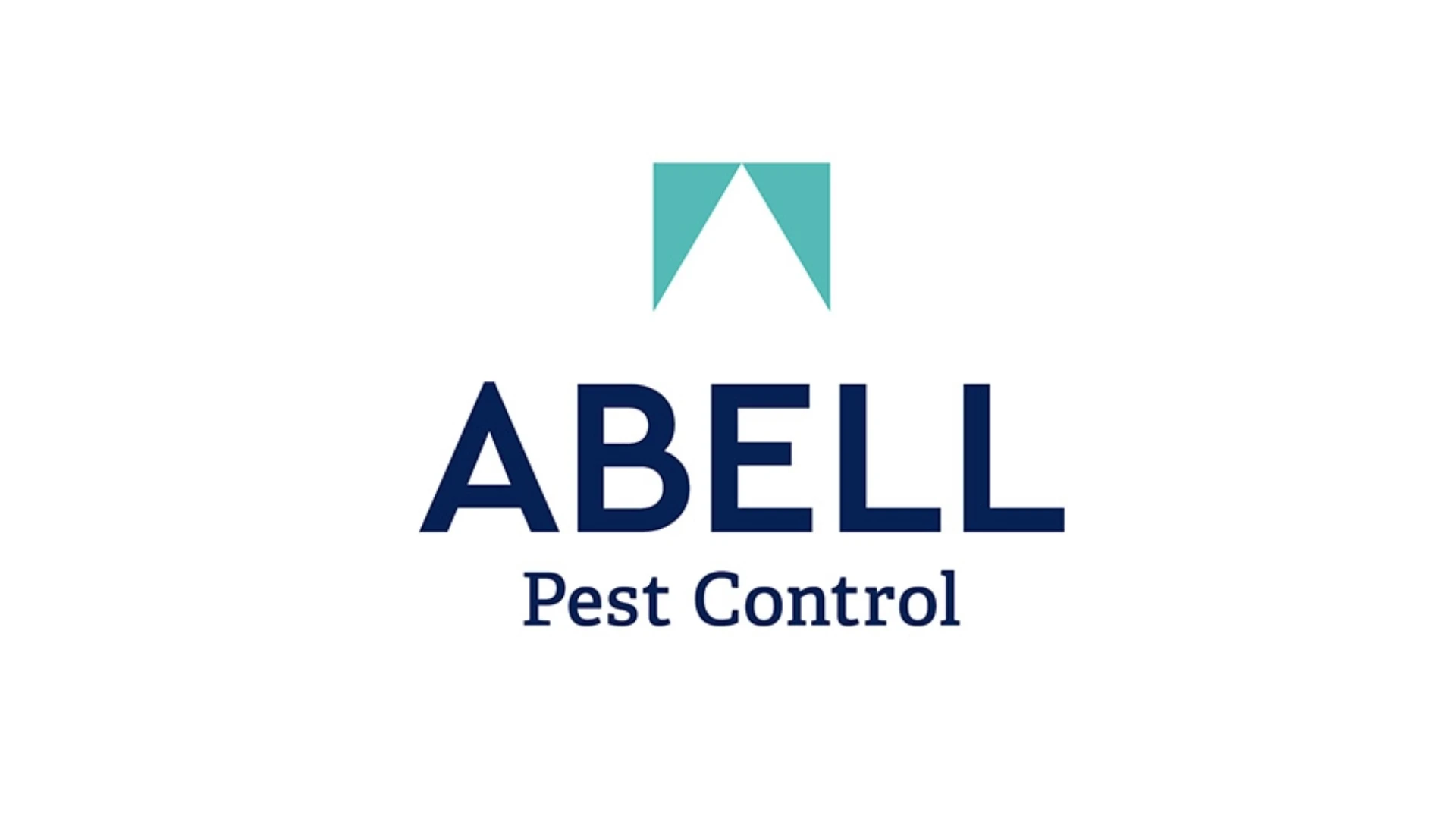Pest control for ants has always been a top-rated topic for pest management professionals. In recent years, however, ants have been gathering increasing attention and have become the number one urban pest. Several factors contribute to this trend. First, a large number of already-established invasive pest ants continue to expand their range. White-footed ants (Technomyrmex albipes) continue their northward expansion in Florida, red imported fire ants (Solenopsis invicta) recently appeared in several isolated pockets in southern California, Argentine ants (Linepithema humile) continue to expand their range in the southeastern U.S. and European fire ants (Myrmica rubra) continue to spread inland from coastal areas in the Northeast.
A second factor contributing to the ever-increasing importance of ants as pests is new invasive species gaining a foothold in many areas of the country. This includes rover ants (Brachymyrmex patagonicus) emerging as a pest in several Gulf states and isolated pockets in New Mexico, Nevada and possibly California; Asian needle ants (Pachycondyla chinensis) invading southeastern states including Georgia and North Carolina; and Caribbean crazy ants (Paratrechina pubens) spreading throughout Florida and Texas.
Finally, native ants, most notably the odorous house ant (OHA), Tapinoma sessile, are expanding their range and beginning to show attributes characteristic of the most notorious invasive species. Recent research from Purdue University indicates that in many areas OHAs are beginning to behave like invasive ants.
GOOD ANT GONE BAD? Human modification of the environment inadvertently creates perfect habitat for a wide range of urban pests. The odorous house ant is a native ant that is opportunistic and will readily adapt to take advantage of human-modified environments. Given the opportunity, it will transition from a docile native species into an invasive urban pest.
Field research conducted by the author indicates that the OHA is highly adaptable and flexible in its colony social structure. Surveys in undisturbed, old-growth forests in Ohio and Indiana revealed that in its natural habitat the OHA is a low-key species comprised of small, monogynous (single queen) colonies, each containing approximately 15 to 100 workers. In invaded urban areas, OHA behaves more like an invasive tramp species and shows extreme polygyny (hundreds of queens), polydomy (multiple nests), colony reproduction by budding and ecological dominance over other native ant species. Urban colonies can number thousands of queens and over a million workers. One colony identified on the campus of Purdue University contained more than 90 nests spread over three acres.
PURDUE UNIVERSITY RESEARCH. In spite of its status as a major pest, OHA has been the subject of little research. To address this gap, the author is investigating numerous aspects of OHA biology with a special focus on characterizing the biology and behavior of large supercolonies in invaded urban areas. In a recent field study published in Ecological Entomology (2008, 53: 282–290), the author investigated the seasonal distribution of nests and foraging trails in a large OHA supercolony on the campus of Purdue University.
The colony covers an area of approximately 200 by 150 m (3 ha) and consists of numerous nests and an extensive network of trails. The habitat is a managed urban landscape and contains buildings, sidewalks, and landscaping including mulched areas and lawns. Results revealed a distinct seasonal shift in nest abundance and location. The colony overwinters in a central location, rapidly disperses in the spring to colonize available nesting sites, reaches maximum nest density in the summer, and again coalesces in the winter returning to the same winter location year after year. The OHA supercolony occupied a total of 90 different nesting sites, many connected by active trails. The trails shifted as well, depending on the location of nesting and foraging sites. OHA maintained permanent foraging trails to attractive food sources (trees and shrubs infested with Hemipterans providing honeydew) and temporary trails used for relocating nests when environmental conditions deteriorated. Nest movement was clearly driven by proximity to human-made structures and many nests were inside hollow brick walls. Few other ant species were found at the study site, indicating that OHA may have the ability to outcompete other native ants.
OHA MANAGEMENT. Practical implications for pest management professionals dealing with OHA and other polydomous ant species include:
Hit them early...or late: We show that OHA supercolonies go through an annual cycle of expansion/contraction. The colonies overwinter in a central protected location, quickly expand in the spring, reach maximum density in the summer and again shrink in the fall. To improve chances of eliminating all nests and destroying the colony, pest management firms should treat for odorous house ants either early in the season when the colony is still small or late in the season when the colony is shrinking. However, most companies receive calls about OHA when homeowners first notice them and by that time the colonies may be quite extensive. This makes a good case for early season, preventive treatments.
Bait thoroughly: Feeding in OHAs is highly localized and baits only may be delivered to nests in close proximity to the bait station. More distant nests may receive no bait. To obtain better results with baits, the distribution of nests must first be determined. Numerous baits stations should be deployed throughout the colony’s foraging range and should be placed close to foraging trails to maximize the chance of OHA finding the baits. If sprays are used, the same principles apply: find and treat as many nests as possible.
Repeat treatments: The distribution of food from workers to queens and brood is delayed. Thus, repeated baiting may be necessary to target all life stages and successfully eliminate the colony.
Control the aphids: Honeydew from aphids, scales and other Hemipterans provides a stable and abundant food source for OHA and other sweet-feeding ants. Our results show that OHA relocated nests to the base of aphid-infested shrubs and utilized the shrubs throughout the season. Eliminating honeydew-producing Hemipetra should have the double benefit of protecting landscape plants and cutting off the food supply to OHA.
Inspecting and treating all nesting sites is key to successful OHA control.
Inspect the surrounding landscape: Trees and shrubs are attractive to OHA for a number of reasons. First, woody plants harbor honeydew-excreting Hemiptera and are thus highly attractive foraging sites. Second, woody plants are usually associated with drip irrigation which provides moisture during the hot summer months. Finally, trees and shrubs are usually surrounded by mulch beds which provide attractive nesting sites. Thus, control efforts should focus on the surrounding landscape, in addition to the infested building.
REFERENCES
Buczkowski G and Bennett GW. 2008. Seasonal polydomy and unicoloniality in a polygynous population of the odorous house ant, Tapinoma sessile. Ecological Entomology, 33: 780–788
Buczkowski G and Bennett GW. 2006. Dispersed central-place foraging in the polydomous odorous house ant, Tapinoma sessile as revealed by a protein maker. Insectes Sociaux, 53: 282–290
The author is a research assistant professor and director of the Industrial Affiliates Program in the Center for Urban and Industrial Pest Management in the department of entomology at Purdue University. He can be reached at gbuczkowski@giemedia.com.

Explore the April 2009 Issue
Check out more from this issue and find your next story to read.
Latest from Pest Control Technology
- Rose Pest Solutions Becomes Official Pest Provider of Chicago Fire FC
- WSPMA Hosts Legislative Day at Washington State Capitol
- A-1 Pest Control Marks 59 years in Business
- Hawaii PCO Shares Regulatory Challenges, Business Impacts from Lahaina Wildfires
- 5 Tips for Reducing Waste in the Office and in the Field
- OvoControl Now Available in Chile
- Envu Announces Savings Programs for Pest Management Professionals
- Follow the Trail





